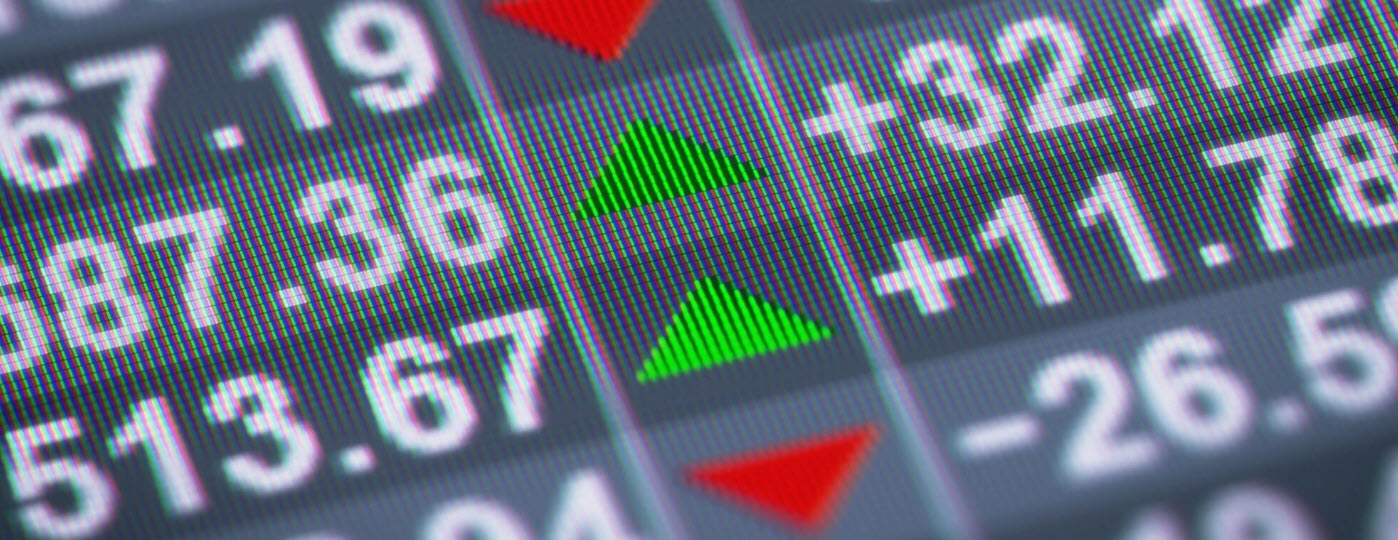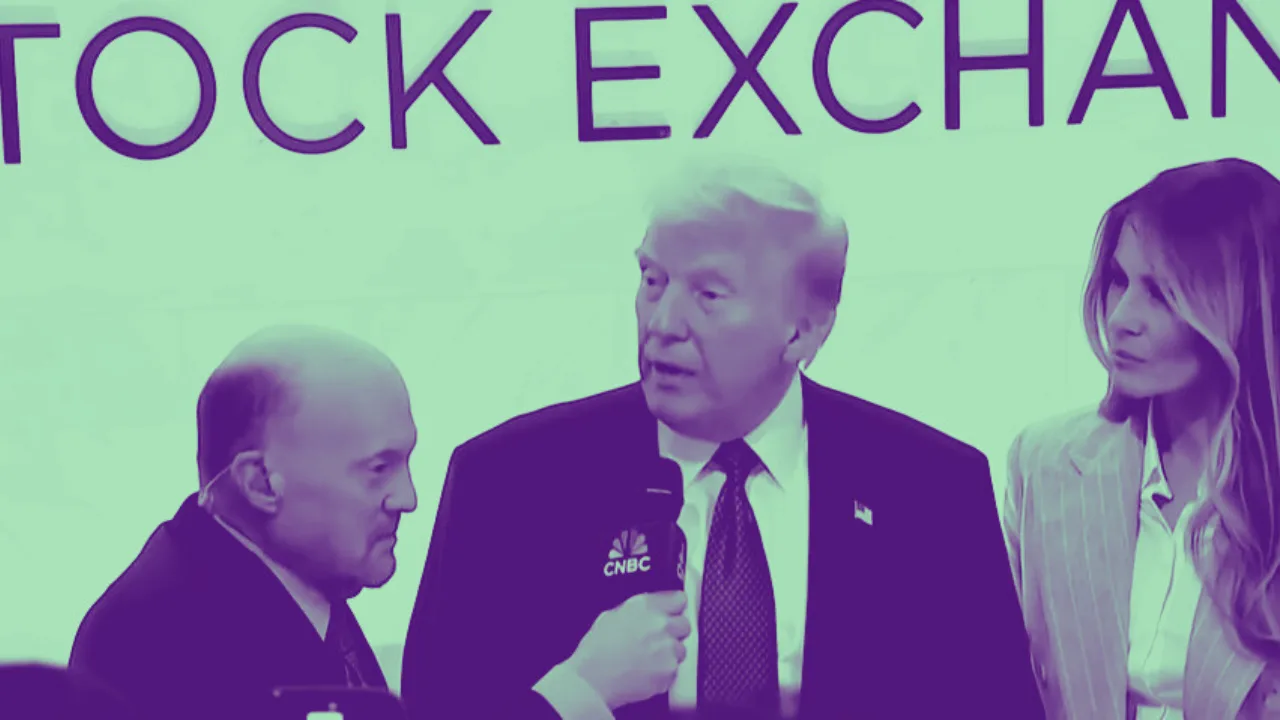As the now-infamous “TACO trade” — short for “Trump Always Chickens Out” — makes waves in financial circles, a new investment strategy is gaining serious traction: “Anywhere But the USA.”
This emerging sentiment reflects deepening anxiety over erratic U.S. policy decisions, ballooning fiscal deficits, a weakening dollar, and unpredictable White House trade maneuvers. Investors, both institutional and retail, are increasingly eyeing opportunities beyond America’s borders. And the data is beginning to back up the shift.
U.S. No Longer the Safe Bet?
The “ABUSA” — or “Anywhere But the USA” — narrative encapsulates a broader recalibration happening in global markets. After more than a decade of U.S. asset dominance, sentiment is swinging. For years, U.S. equities, tech giants, and Treasuries outpaced the rest of the world. But 2025 is telling a different story.
Alan Siow, co-head of emerging market corporate debt at investment firm Ninety One, told CNBC this shift isn’t a radical contrarian play — it’s a strategic move to rebalance portfolios amid global structural changes. “The ‘Anywhere But USA’ trade isn’t contrarian — it’s a recalibration toward global balance, cyclical recovery, and multi-polar growth,” Siow explained.
The consensus forming among global investors is that the idea of American exceptionalism is fading. Between Washington’s seesawing tariff threats, the dollar’s multi-month slump, and rising Treasury yields, the old assumptions about U.S. market stability are being challenged.
The Dollar Is Losing Its Shine
Since the beginning of 2025, the U.S. dollar index has dropped over 8%, and it’s on track for its fifth consecutive monthly loss. This erosion in dollar confidence is more than just noise — it represents a serious blow to America’s role as the world’s financial safe haven.
For decades, global investors defaulted to U.S. assets during uncertain times. The dollar was the anchor. Treasuries were the safety valve. Not anymore. As Siow put it, “mounting fiscal imbalances, the recent spike in policy volatility and resulting geopolitical polarization have caused U.S. market dominance to lose some of its luster.”
At the same time, international markets — especially in Europe, Japan, and select emerging economies — are showing renewed signs of strength, and importantly, they remain broadly under-owned by global investors.
The Data Confirms the Flight
In April 2025, Bank of America’s fund flow data revealed a dramatic pivot. U.S. equities saw an outflow of $8.9 billion, while European and Japanese stocks drew in $3.4 billion and $4.4 billion, respectively. That’s not a coincidence — it’s a rotation.
BofA analysts have since updated their core asset allocation guidance for 2025, now recommending a “BIG” approach — Bonds, International, and Gold. Their note, dated May 29, puts it bluntly: “Think International stocks likely to outperform U.S. in ’25.”
JPMorgan also acknowledged the trend in a May 27 note, highlighting that ETF flows are clearly rotating out of U.S.-centric exposure and into international developed markets.
The Politics Behind the Capital Exodus
This isn’t just about valuation or macroeconomic performance — it’s about trust.
Rami Cassis, founder of London’s Parabellum Investments, pointed to a shift in the tone of discussions around U.S. investing. “I’m seeing a lot of, not quite animosity, but I can’t think of a better word for it,” he told CNBC. “It’s quite specific to the current administration.”
From Trump’s revived tariff plans to controversial positions on social issues and foreign policy, the erratic nature of U.S. leadership has injected emotion into what are typically rational investment decisions.
“It’s become quite emotive,” Cassis added. “Nobody wants to invest in an environment where the government might change its mind overnight. What would ordinarily be a purely objective and rational commercial decision is now being supported by a level of emotion.”
The instability has even led to international boycotts of American brands and a sharp drop in tourism — developments that only amplify the investment community’s unease.
Investors Talk With Their Wallets
David Rosenstrock, Director of Financial Planning and Investments at Wharton Wealth Planning, noted in a client update that more investors are requesting to diversify their portfolios outside the United States.
“Concerns over market volatility in the U.S., uncertainty regarding trade and other policies, interest rates, and relatively weaker performance compared to global counterparts” are driving this shift, Rosenstrock said.
Countries gaining attention among his clients include Japan, India, and a swath of emerging markets that offer growth with a more predictable regulatory environment — at least relative to current conditions in the U.S.
Europe Stages a Comeback
European equities, which had lagged for years, are finally enjoying their moment. The Stoxx 600 index is up more than 7.7% year-to-date, and the euro has gained over 10% against the U.S. dollar — a significant tailwind for dollar-based investors seeking returns abroad.
More interestingly, Europe’s defense sector is booming. The European Stoxx Aerospace and Defense Index is up nearly 50% in 2025, thanks in part to the EU’s €800 billion pledge to invest in regional security and military readiness. This massive stimulus package marks a historic pivot for a region long seen as fiscally conservative.
Chris Clement of BRI Wealth Management said European equities are trading at steep discounts relative to U.S. markets — a value investor’s dream. “European and U.K. equity markets trade at significant discounts to the U.S. and are now having the spotlight shone upon them,” Clement noted. He also flagged long-dated U.K. gilts as an alternative safe haven.
The Bull Case for Emerging Markets
Beyond Europe, emerging markets — long seen as volatile but high-potential — are regaining favor, particularly in the context of a weakening U.S. dollar.
India, in particular, stands out. With 7.4% GDP growth in the March quarter, supportive foreign investment policies, and a rising consumer class, India offers scale and momentum. “There’s been a lot of economic activity and policies around trying to encourage foreign capital,” Cassis said. “India is very likely a destination for some of the [diversifying] funds.”
Barings’ managing director Brian Mangwiro echoed this optimism. “We particularly see value in EM debt, sovereigns and corporates,” he said. He emphasized that EM debt tends to perform well in a weak dollar environment, which is exactly what we’re seeing now.
Flows into “Global ex-U.S.” ETFs have picked up since “Liberation Day” — a term some traders are using to describe the recent mass pivot away from U.S.-centric exposure.
Is the U.S. Market Dead Money?
Not quite — but it’s no longer the default.
This isn’t an abandonment of U.S. assets so much as a diversification from what had become over-concentration. For the past decade, U.S. markets offered investors superior growth, stability, and returns. But with the dollar in decline, trade policy in flux, and fiscal management in question, the risks have multiplied.
Even U.S. investors now have to ask: Are we overweight on America? And more importantly, are we missing out on better opportunities elsewhere?
Final Thoughts for Investors
The rise of the “Anywhere But America” trade signals a tectonic shift in global capital allocation. While some of this is cyclical — tied to interest rate differentials and currency swings — much of it is structural, driven by political volatility, fiscal concerns, and emerging global multipolarity.
Investors looking to position themselves strategically for the remainder of 2025 and beyond should consider:
- International diversification, particularly in undervalued European and Japanese equities.
- Emerging market debt and equities, especially in countries like India with strong growth trajectories.
- Currency exposure, with the weakening U.S. dollar making foreign assets more attractive.
- Alternative safe havens, such as gilts and gold, for hedging against geopolitical and fiscal instability.
While the U.S. market won’t disappear, the era of blind allocation to American assets appears to be over. In this environment, global diversification is no longer optional — it’s essential.





